Our Core Services
Mastering Social Media Engagement: From Fundamentals to Advanced Techniques
Social media engagement is the foundation of a successful digital marketing strategy. When your social updates get likes, comments, and shares, it’s not merely a vanity metric—it’s an indication that your message is connecting with your audience. But, obtaining true engagement takes more than posting every once in a while. It takes a well-thought-out strategy that synthesizes strategy, creativity, and routine. I’ve seen numerous companies struggle with social media sites. They’re posting all the time and all they can hear back is crickets. The issue usually has to do with treating social media as a broadcasting medium instead of a relationship-building platform. So how do you bridge this gap and produce content that people actually want to engage with.

Table of Content
What is Social Media Engagement?
Social media engagement describes your brand and audience’s interactions on different social platforms. They are likes, comments, shares, clicks, saves, mentions, direct messages, and any other actionable step users perform after seeing your content.
Authentic engagement transcends mere numbers. It’s a measure of how solid your bond with your audience is and how well your content is relating to them. When a user bothers to respond to your post or forward it to their community, they’re sending a signal that your content offers value to them.
For companies, social media participation revolutionizes the conventional one-way advertising communication into a two-way dialogue. It enables you to accumulate feedback, find out what people like and dislike, and create connections that go beyond the sale.

Why Social Media Engagement Matters for Your Brand or Business
The effect of high social media engagement goes far beyond merely adding to the number of followers. Here’s why it’s well worth investing time and money into improving your engagement:
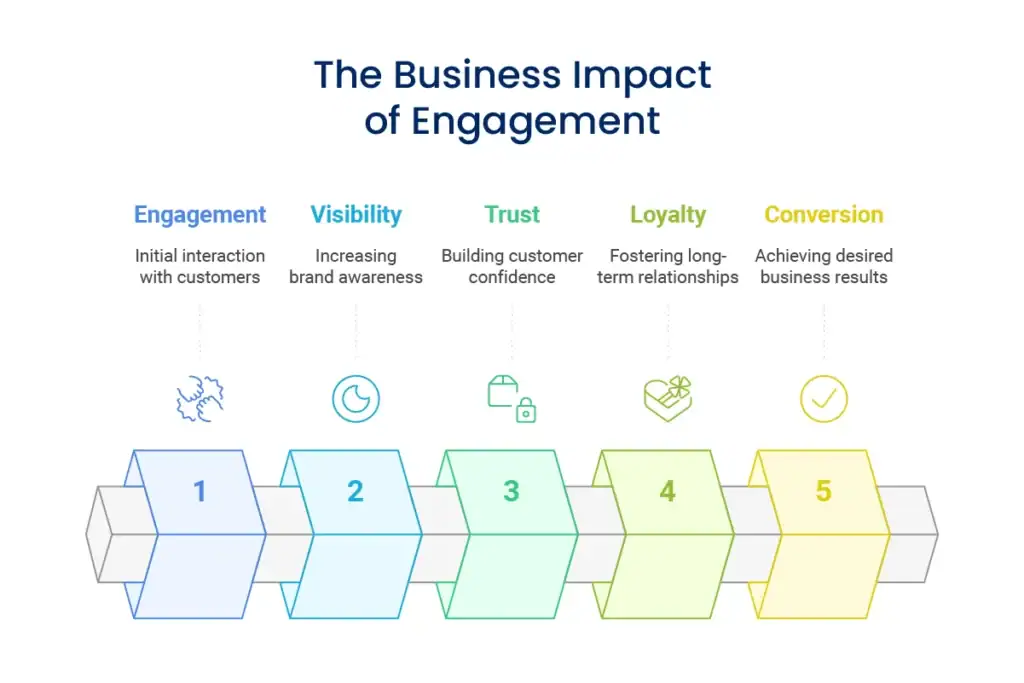
Greater visibility
Social media algorithms prefer content with high engagement, making your posts more reach-perfect and more visible to prospective customers.
Greater brand trust
Frequent communication with your audience creates trust and makes your brand come across as accessible and open.
Valuable customer insights
Comments, questions, and feedback provide direct insight into what your audience wants, needs, and values.
Improved customer loyalty
People who engage with your brand regularly are more likely to develop a sense of connection and loyalty.
Higher conversion rates
Engaged followers are more receptive to your marketing messages and offers, leading to better conversion rates.
Competitive advantage
Most companies still find social media outreach a challenge, and an opportunity exists for those who crack the code to differentiate themselves.
For small and startup businesses, successful social media outreach can level the playing field with bigger rivals. By making real connections with your people, you can create a loyal community without the gargantuan marketing budgets of industry leaders.
Key Concepts of Social Media Engagement
Understanding the basic concepts that motivate engagement will enable you to create a more successful social media strategy. Let’s go through these key factors:
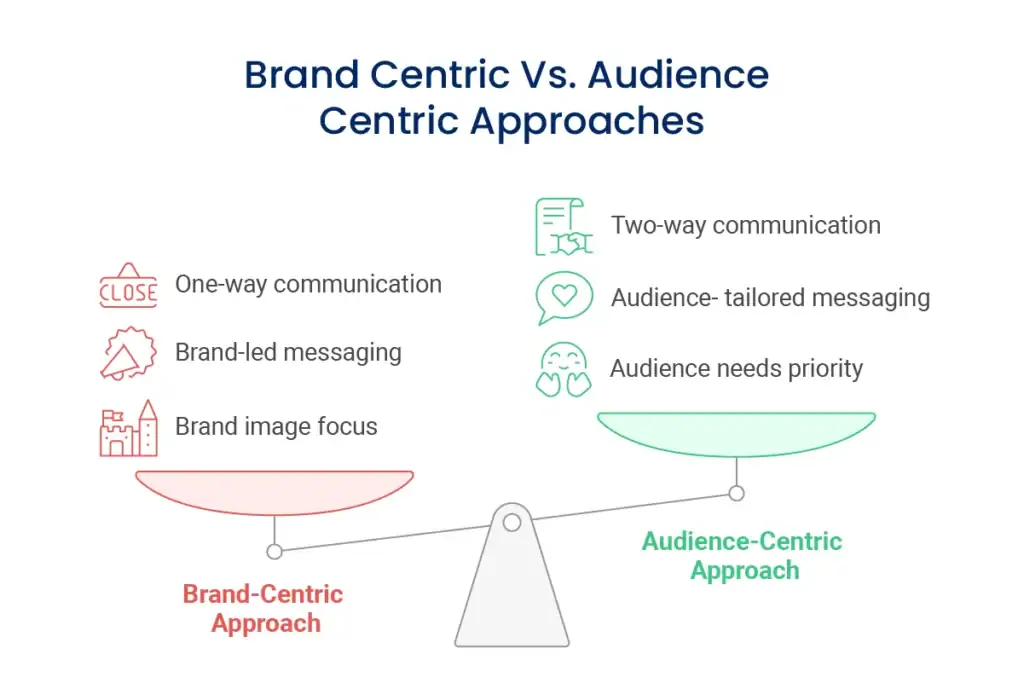
Audience-Focused Approach
The most effective social media plans start with an intensive knowledge of the target audience. That involves more than simple demographics to know their pain points, needs, interests, and online actions.
An audience-driven mindset flips your thinking from “What do we want to say?” to “What does our audience want to hear?” This subtle shift in thinking brings about content that naturally draws attention because it speaks to what is important to your followers.
To put this strategy into action, develop rich audience personas, send out surveys, study engagement metrics, and listen to what is being discussed within your community. Utilize the findings to craft your content so that it resonates with your audience’s interest and communication style.
Content That Drives Engagement
All content is not created equal when it comes to driving engagement. Some forms of content will outperform others on social media consistently:
Value-based content
Content that informs, educates, entertains, or solves problems for your audience will see more engagement.
Emotionally charged content
Content that provokes emotion—whether it's humor, inspiration, or even a little controversy—will typically garner a stronger response.
Question-based content
Asking for opinions, preferences, or experiences directly engages your audience.
Timely and relevant content
Posts that tie into something timely, such as current events, trends, or seasons, tend to have a better rate of engagement.
The idea is to mix up the types of content, but always provide value that matches the expectations and needs of your audience.
Visual Strategy
Visuals play a key role in grabbing attention amidst the din of busy social feeds. An effective visual content strategy involves quality images, video, graphics, and other visual elements that resonate with your brand while being distinct enough to halt the scroll.
The correct images not only draw initial attention but also facilitate better delivery of your message. Posts that include images actually get up to 2.3 times more engagement compared to text posts.
Your visual approach must take into account each platform’s own requirements and best practice while retaining consistent brand elements that make your content immediately identifiable to your audience.
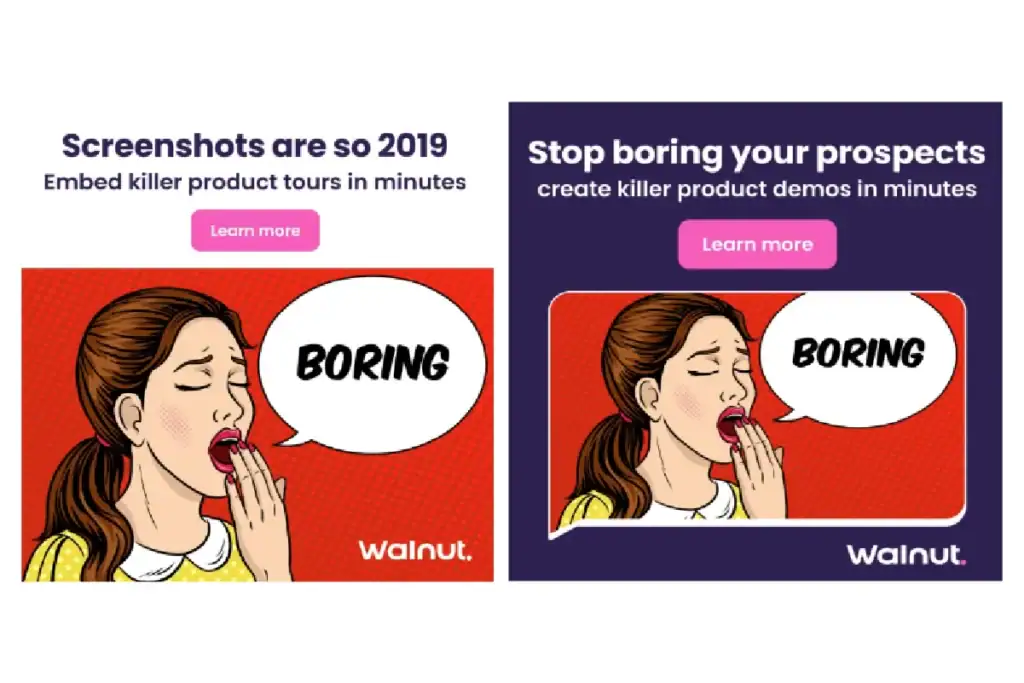
Conversation Stimulation
Social media engagement is all about beginning and continuing a dialogue with your audience. This means actively encouraging response instead of simply broadcasting information.
Successful conversation-stimulating strategies are:
- Asking questions that provoke consideration
- Conducting surveys and polls
- Developing content that stimulates sharing of individual experiences
- Responding in a timely and thoughtful manner to comments
- Employing calls-to-action that encourage specific forms of interaction
By always opening the door to discussion, you are letting your audience know that you care about their opinions and are eager to establish an authentic relationship.
Community Building
Real engagement goes beyond one-on-one interactions to build a sense of community among your audience. A well-established social media community becomes an asset where the members engage not only with your brand but with one another.
Developing a consistent branding and marketing strategy aids in building this sense of community. Community-building strategies may involve:
- Developing branded hashtags that can be used by followers
- Emphasizing and rewarding community members
- Hosting online events, challenges, or contests that unite followers
- Setting norms and shared values for communication
The tighter your community is, the more it will create organic engagement as followers feel a sense of belonging and stake in your success.
Strategic Timing and Consistency
Knowing when to post is nearly as crucial as what you post. Every social media platform has busy times, and busy times can differ with your particular audience.
Consistency is important not only in how frequently you post, but also in keeping a consistent content quality and brand voice. If your followers know they can count on receiving useful content from you on a consistent schedule, they’ll be more apt to actively seek out and interact with your posts.
Using analytics tools to identify your optimal posting times for each platform, then creating a content calendar to maintain consistency, will help maximize your engagement potential.
Platform-Specific Optimization
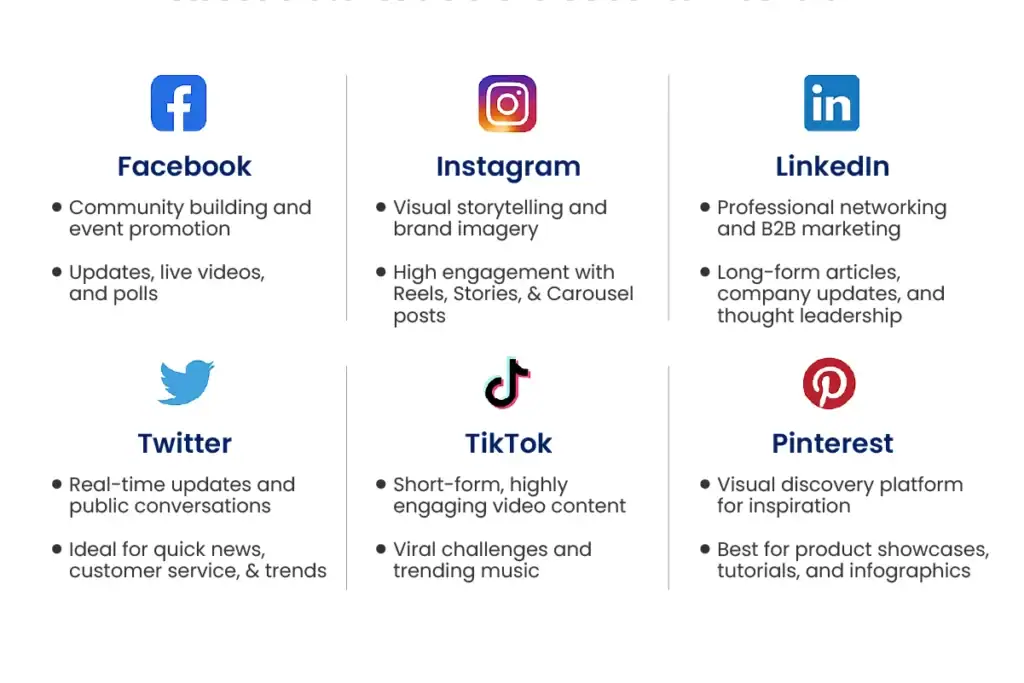
Every social media platform exists with its own distinct features, user expectations, and engagement dynamics. Something that succeeds on Instagram will fail on LinkedIn, and Twitter plans seldom scale over to TikTok.
For instance, hashtag usage differs wildly between platforms—necessary on Instagram and Twitter, but employed less frequently on LinkedIn and Facebook. Likewise, content types that work well also vary by platform, with short-form video ruling TikTok while longer instructional content can find success on LinkedIn.
Being aware of these subtleties and tailoring your content explicitly for each platform that you use is necessary to achieve maximum engagement.
Measurement and Refinement
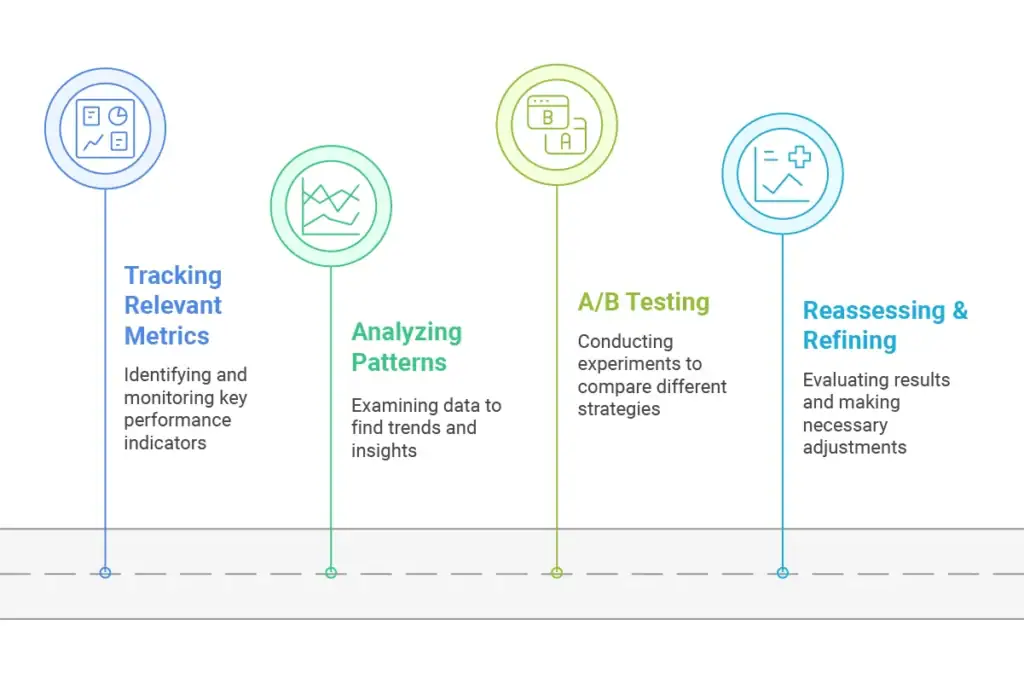
Successful social media engagement involves constant measurement and analysis to know what’s working and what’s not. This includes:
- Monitoring important metrics (more than likes and follows)
- Analyzing trends in high-performing content
- A/B testing varying methods
- Continuously reviewing and adjusting your approach based on outcomes
This data-driven method guarantees that your engagement strategy adapts as your audience’s tastes and platform dynamics shift.
Connect with Us—Boost Your Social Engagement Today!
Step-by-Step Guide to Improving Social Media Engagement
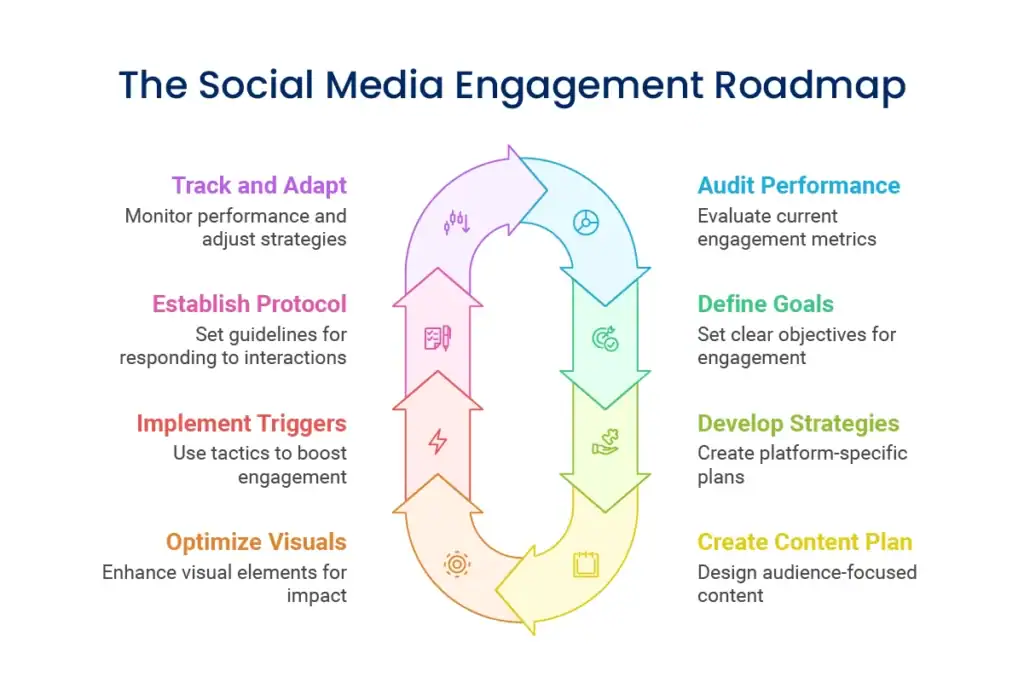
Ready to increase your social media engagement? Follow these strategic steps to develop an overall strategy:
Audit your current performance
Prior to making adjustments, evaluate your current engagement rates on each platform. Determine your best-performing posts and dissect what contributed to their success. This benchmark will serve to measure improvement as well as identify trends.
Define clear engagement goals
Set specific, measurable targets for the types of engagement you want to increase. Whether it's comments, shares, or saves, having clear goals will focus your efforts and make progress easier to track.
Develop platform-specific strategies
Create tailored approaches for each social platform based on its unique features and audience behaviour. Consider the ideal content formats, posting frequencies, and engagement tactics for each channel.
Make an audience-centered content
Build a content calendar that mixes various types of content while keeping an eye on the issues your audience is interested in. Make provision for a combination of educational, inspiring, engaging, and chatty content.
Optimize your visual content
Improve your visual content to make it more attention-grabbing and platform-relevant. This could involve spending money on improved photography, designing branded templates, or making more video content according to platform trends.
Develop a response policy
Set up guidelines for the amount of time and type of response your team needs to have to comments, messages, and mentions. Consistent and timely responses foster trust and invite further engagement.
Track, analyse, and adapt
Utilize analytics tools to track what content is most engaging and why. Identify patterns in timing, topics, formats, and tone, and adjust accordingly.
Use engagement drivers
Intentionally include features that encourage action, like questions, polls, contests, or invites to share a story. Position these opportunities for engagement as natural and desirable, not mandatory.
This creative digital marketing strategy is a strategic method of developing authentic relationships as opposed to pursuing ego metrics. By doing these steps, you will develop a flywheel effect where more engagement creates greater reach, and the greater reach creates more engagement.
Recommended Tools for Social Media Engagement
The proper tools can go a long way in streamlining your engagement efforts, as well as giving you significant insights. Some beginner-friendly options with great functionality but not too much complexity are:
Hootsuite or Buffer
These are scheduling platforms that enable you to organize and schedule posts on multiple social networks, have a regular posting schedule, and monitor basic engagement metrics. Their easy-to-use interfaces make them the perfect starting point for small businesses.
Canva
This graphic design tool provides templates specifically optimized for every social platform so that it is easy to make professional-looking visual content without having to be a designer. Their social media templates are kept up-to-date with the latest best practices.
Sprout Social or Agorapulse
These more advanced tools provide deeper engagement features such as single social inboxes (to address all comments and messages in one area), team response assignment, and deeper analytics on engagement behaviors.
Mention or Brand24
These tools warn you whenever your brand is being mentioned throughout social media, even without explicit tags. This enables you to join in conversations regarding your brand and determine engagement opportunities you could miss otherwise.
These tools enable various features of your social media management strategy, from content curation to scheduling to tracking. The trick lies in choosing tools that specifically solve your challenges without introducing unnecessary complexity.
Common Mistakes in Social Media Engagement
Even seasoned marketers can fall into pitfalls that block engagement. Having knowledge of these pitfalls can assist you in evading them:
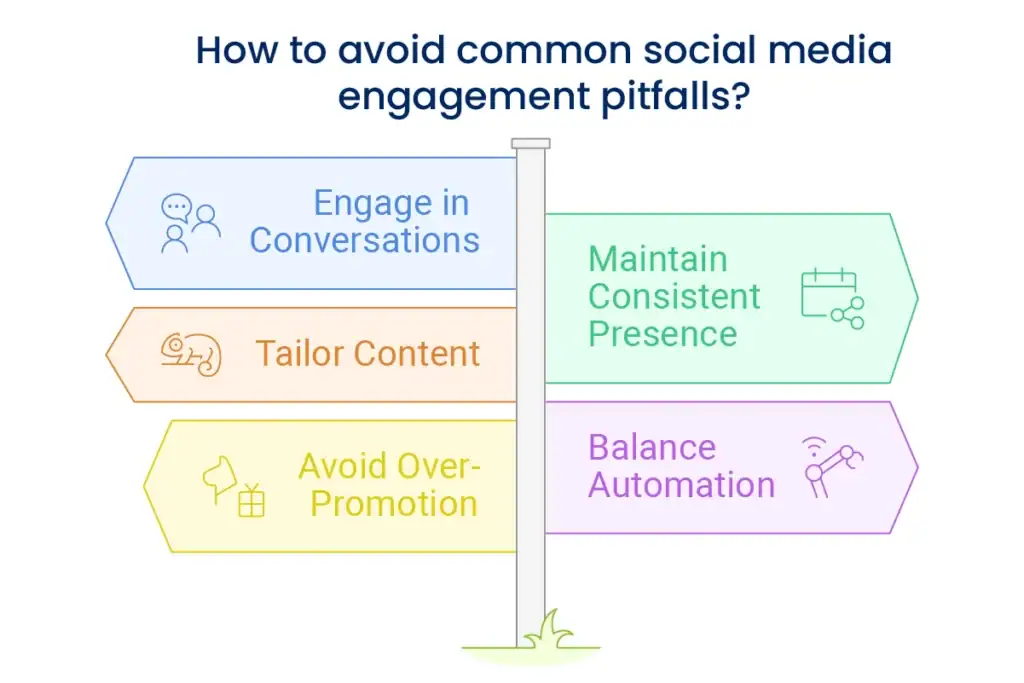
Broadcasting rather than conversing
Most brands utilize social media as a one-way announcement platform and not as a dialogue area. This style neglects the core function of social platforms and usually leads to dismal engagement.
Inconsistent availability
Periodic posting followed by extended periods of silence puzzles viewers and interferes with establishing momentum. Unpredictable activity conveys a message that there's no commitment and doesn't offer followers much incentive to interested.
Disregarding platform variations
Using the same strategy on every platform without tailoring it overlooks the specific culture and expectations on each social network. Using an all-in-one approach does not work well.
Exclusive focus on self-promotion
Continually promoting products or services without sharing value first leads to audience exhaustion. The best social media practices abide by the 80/20 rule—80% share-of-value content, 20% promotion.
Steering clear of these pitfalls takes intentional planning and a sincere commitment to keeping your audience’s needs at the forefront of your strategy. By prioritizing value creation and building authentic relationships, you’ll automatically steer clear of many of these pitfalls.
Advanced Engagement Techniques
After you’ve got the fundamentals down, these advanced tips can be used to take your social media engagement to the next level:

Authentic Voice Development
Creating a unique brand voice that sounds authentic and consistent assists followers in connecting emotionally with your content. This voice must convey your brand values while being conversational and relatable.
To build this voice, make thorough brand voice guidelines that incorporate tone traits (e.g., friendly yet professional), word choices, and demonstrations of how to talk in varying scenarios. Then make sure that everyone who produces content is aware of and can execute these guidelines across the board.
The most compelling brand voices possess distinct personality characteristics that radiate through every piece of content, where the followers feel they are engaging with an individual rather than an anonymous business.

Strategic Partnerships and Collaborations
Collaborations with complementary brands, influencers, or even consumers can significantly extend your reach and expose your content to new crowds. These collaborations add new perspectives to your content while adding credibility.
Successful collaborations may include:
- Co-created content with subject-matter experts
- Takeovers in which partners will take over managing your account temporarily
- Joint live streams or events
- User-generated content campaigns using customers
The trick is to locate partners whose audience overlaps with your target audience but are not direct competition. This is a win-win while opening up your content to possible new followers who have a current interest in your niche.
Interactive Content Formats

Interactive content calls for engagement outright, so it’s hard to avoid participating. Interactive formats engage users in a deeper way than passive content ever could.
A few of the most effective interactive formats are:
- Instagram or Facebook polls and quizzes
- “Choose your own adventure” story sequences
- Interactive infographics or calculators
- Augmented reality filters or effects
- Live Q&A sessions
This kind of content not only drives short-term engagement but also tends to drive longer time spent with your brand and greater memory recall of your message.
Community Advocacy Programs
Converting your most active followers into brand advocates is a force multiplier for your content. These advocates not only contribute regularly themselves but get others to as well.
Effective advocacy programs:
- Spot and reward your most active followers
- Offer special access or information
- Design special opportunities to contribute
- Reward participation
When well-planned, these programs build a positive cycle in which the advocates feel appreciated and foster stronger loyalty while at the same time expanding your content’s visibility and credibility.
The smartest business moves begin with the right insights
Conclusion
Converting your most active followers into brand advocates is a force multiplier for your content. These advocates not only contribute regularly themselves but get others to as well.
Effective advocacy programs:
- Spot and reward your most active followers
- Offer special access or information
- Design special opportunities to contribute
- Reward participation
When well-planned, these programs build a positive cycle in which the advocates feel appreciated and foster stronger loyalty while at the same time expanding your content’s visibility and credibility.
